deepeye.hu
Astronomical Drawings of Peter Kiss
Astronomical Drawings of Peter Kiss




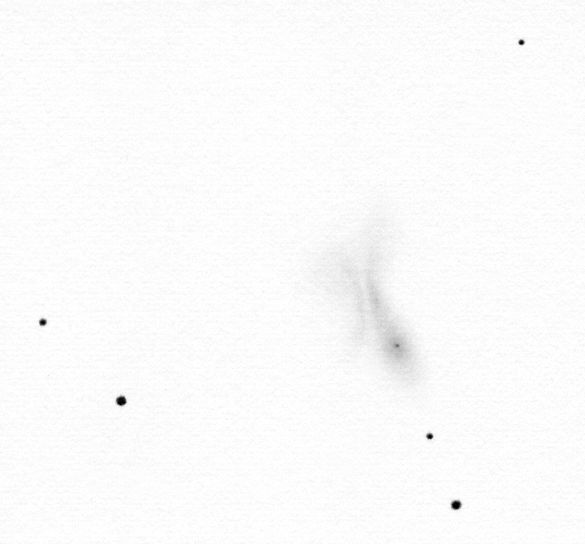
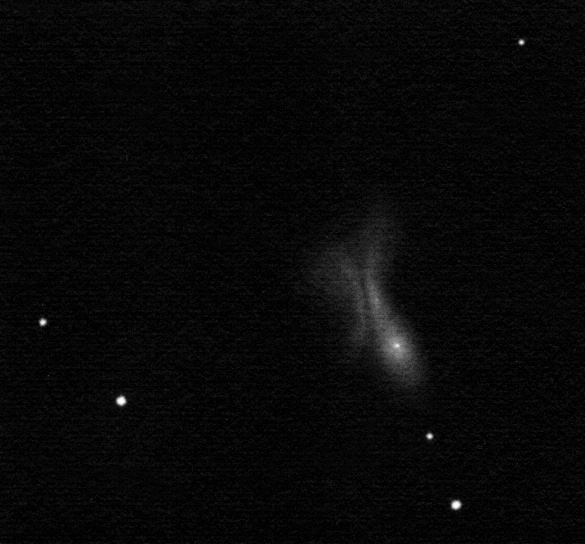
NGC 520 is the archetype of peculiar galaxies. In fact NGC is not one but two galaxies. The collision started about 300 million years ago and what we see now is an intermediate state before completely merging into each other. The system is also in Arp's catalogue as Arp 157 and with a brightness of 12.2m it is one of the brightest mergers in the sky. As such it shows a considerable amount of details in the telescope. Apart from the long - and faint - filaments and the fine structure quite a lot can be seen. The brightest part of the system containing a small stellar nucleus is furter away from the center. The system is bisected by a very thin dust lane. The right hand side of the galaxy (in the drawing) is brighter. And besides the above mentioned nucleus it contains another bright and inhomogenoius patch right next to the dust lane. The ends of the X shaped galaxy's tails or the short curved filaments are very faint and diffuse.

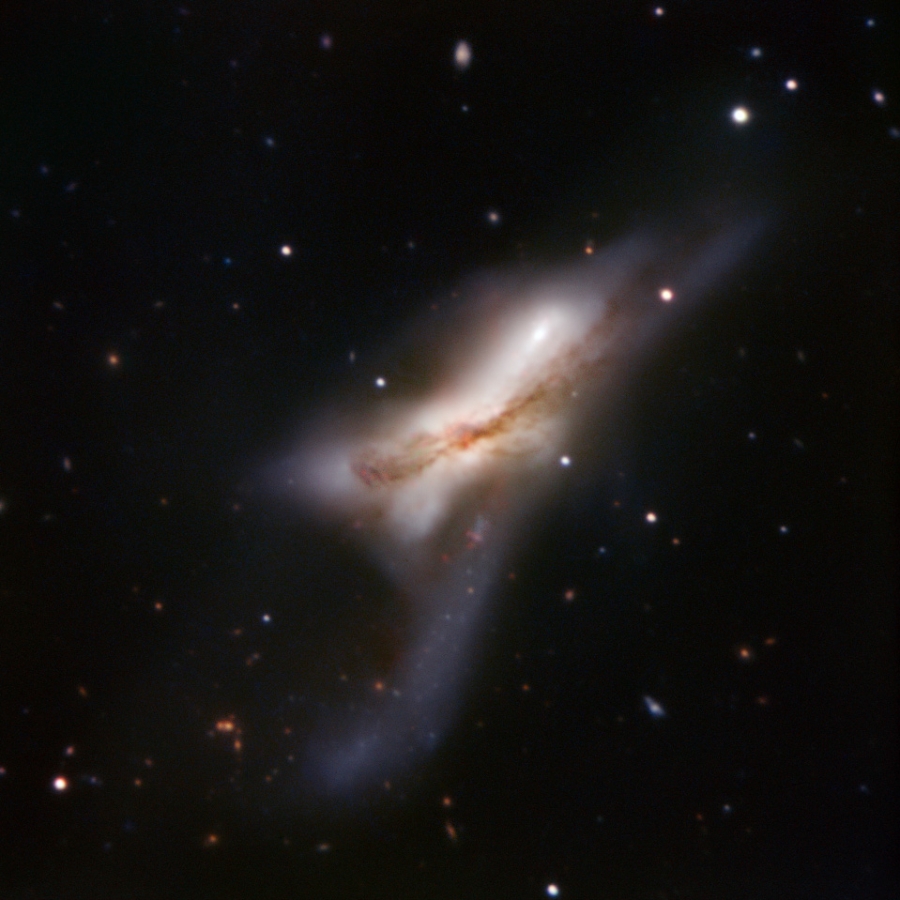
The photo on the left was made by ESO with the 3.6 m telescope and the EFOSC2 instrument at La Silla. My inverted drawing has been rotated and cropped to resemble the orientation and size of the photo.
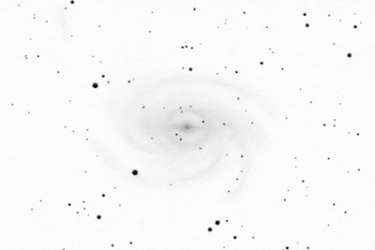
Pavo galaxy
The grand spiral galaxy of Pavo
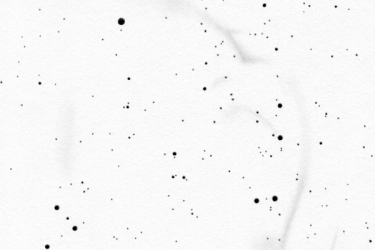
Panorama drawing
Huge and faint supernova remnant in the southern sky
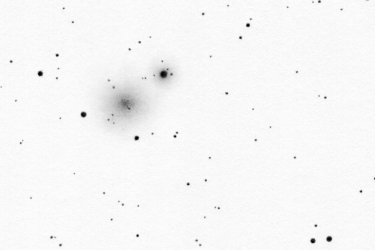
Centaurus globular cluster
The second globular in Centaurus
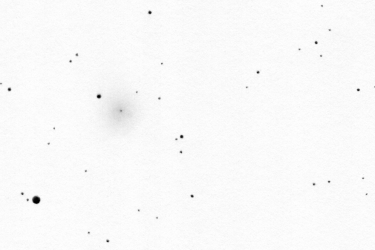
Apus globular cluster
Globular cluster close to the Southern celestial pole
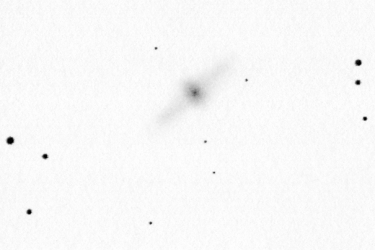
Centaurus galaxy
Polar ring galaxy
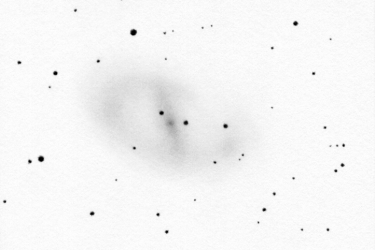
Ara galaxy
Barred spiral galaxy in the thick of the Milky Way